3 Ways Brands Can Address Purchase Blocking Questions and Boost Conversion
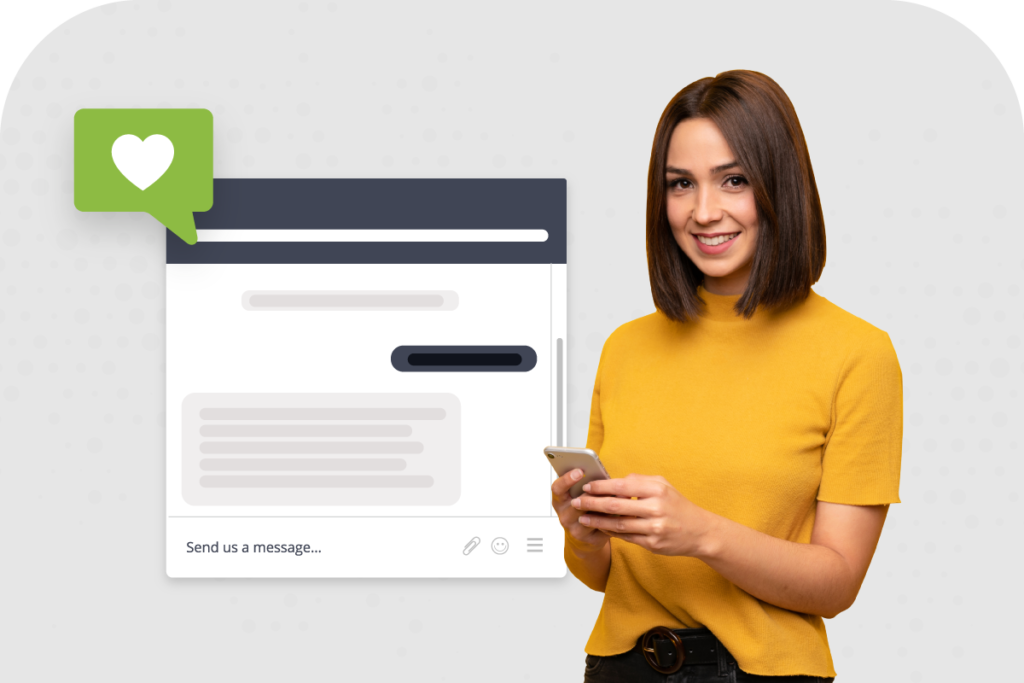
Consumers opt to shop online for a number of reasons, including convenience, choice, safety, and the ability to more easily compare options – among others.
But there are also some disadvantages of online shopping. One downside is that it can be hard for online shoppers to ask questions (and get them answered).
If they were in a brick-and-mortar store, they could flag down a sales associate for assistance. But they don’t have this luxury when shopping online.
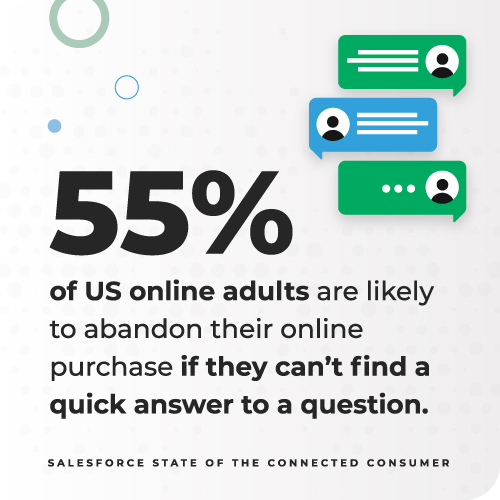
And when a shopper doesn’t have a way to get their questions answered, they won’t make a purchase. Per Forrester, over half of US online adults are likely to abandon an online purchase if they can’t find a quick answer to a question.
Brands must develop strategies to address online shoppers’ purchase blocking questions. If they don’t, they’re literally leaving money on the table.
But how?
In this post, we’ll explore three key ways the best brands are eliminating purchase blocking questions – and boosting conversion.
What is a Purchase Blocking Question?
Before we examine the ways the best brands are eliminating purchase blocking questions, let’s take a step back to define what a purchase blocking question even is.
A purchase blocking question is a query a shopper has that stands in the way of them making a purchase. Typically, it’s a question that goes beyond the basic information provided in the product description – and often speaks to the shopper’s unique needs and use cases.
Some examples of purchase blocking questions are:
- I have really wide feet. Will this pair of shoes work for me?
- Does this shirt wash well?
- How many uses can I get out of this face cream?
3 Ways to Address Purchase Blocking Questions – and Eliminate Consumers’ Uncertainties
Brands that address their shoppers’ purchase blocking questions are able to eliminate uncertainty, which leads to confident purchase decisions. On the other hand, if an online shopper isn’t able to get their outstanding question answered, one of two things are likely to happen. They may forgo their purchase altogether, as evidenced by the stat shared earlier from Forrester. Or, the shopper may decide to purchase the product anyway. But if it doesn’t end up meeting their needs, the brand will have to deal with an unwelcome return.
Brands that sell online must make it a priority to effectively address purchase blocking questions. Here are three ways the best brands are doing just that.
1. Invite Questions Via Business Messaging
Consumers are no strangers to messaging services. They depend on these channels to keep in touch with family and friends.
But increasingly, they also want to use messaging channels like live chat, Google’s Business Messages, SMS, WhatsApp, Facebook and Instagram (among others) to connect with brands and pose their questions. According to the Response Marketing Association, more than one billion people chat with businesses worldwide – not including China. And per Facebook, over 56% of message app users globally say they’ve messaged brands to get more information in all stages of the purchase journey.
Business messaging channels allow consumers to pose their questions in their moment of need. And, brands that embrace business messaging are able to provide the speedy responses consumers have come to expect. Per Salesforce, 83% of customers expect to interact with someone immediately when they contact a company. By meeting these expectations (and eliminating uncertainty by answering questions) brands can boost conversion.
Start by determining which messaging channels make the most sense for your brand. The best brands use automation (such as an Einstein bot) to handle simple inquiries – as well as real-time conversations with a live person.
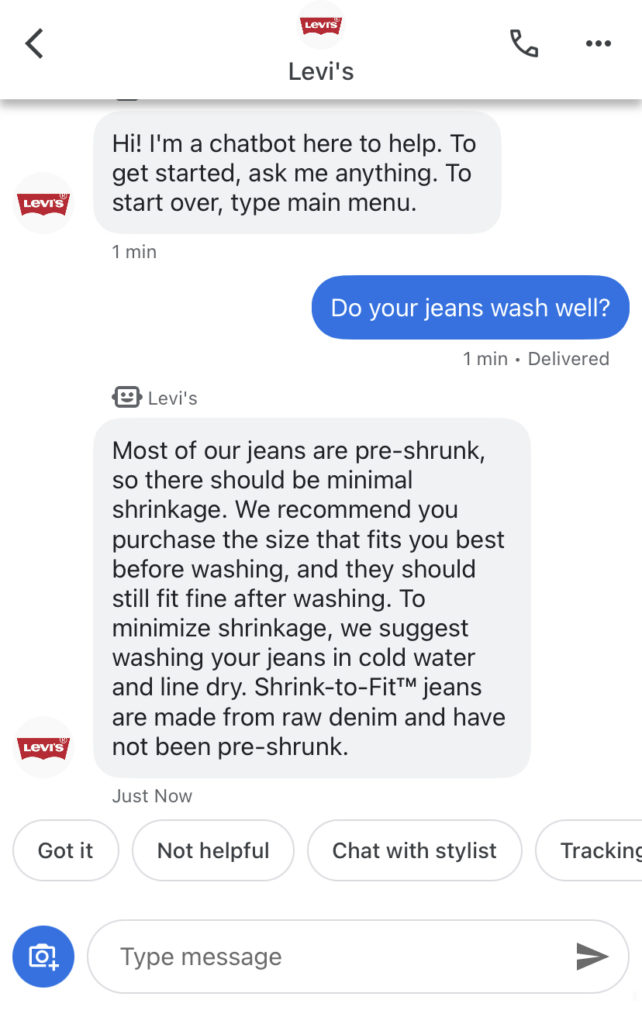
Then, make it easy for shoppers to initiate a conversation with you through these channels.
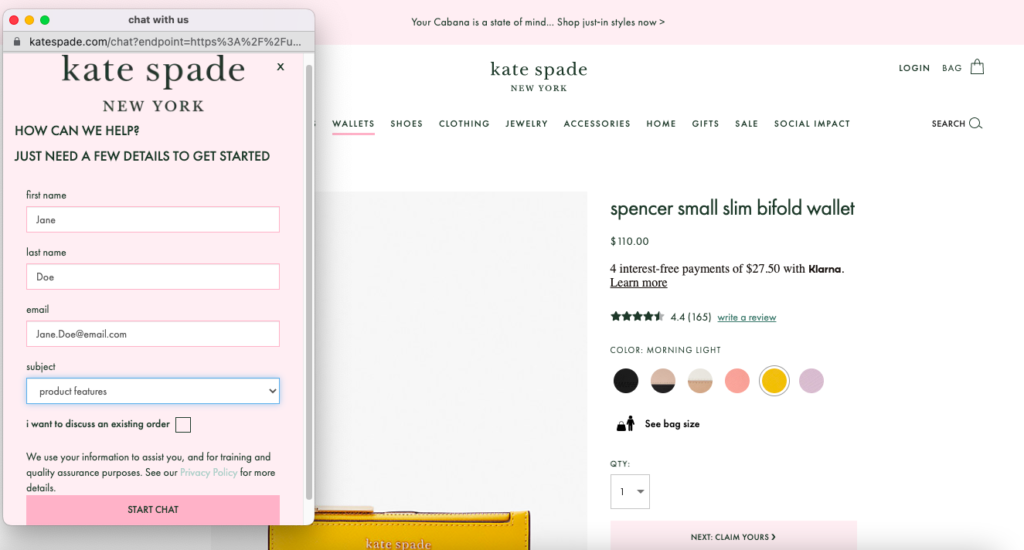
Finally, consider using a solution like Messaging Studio from 1440, which consolidates messages from multiple messaging channels into a single platform: Salesforce. That way, it’s easier to monitor all of the channels your customers love – and you’re better able to provide timely responses that meet customers’ expectations and boost conversion.
[Screenshot of Messaging Studio?]
2. Monitor and Answer Questions on the Q&A Portion of Product Pages
Another key to eliminating purchase blocking questions is to leverage the questions and answers (Q&A) section of product pages.
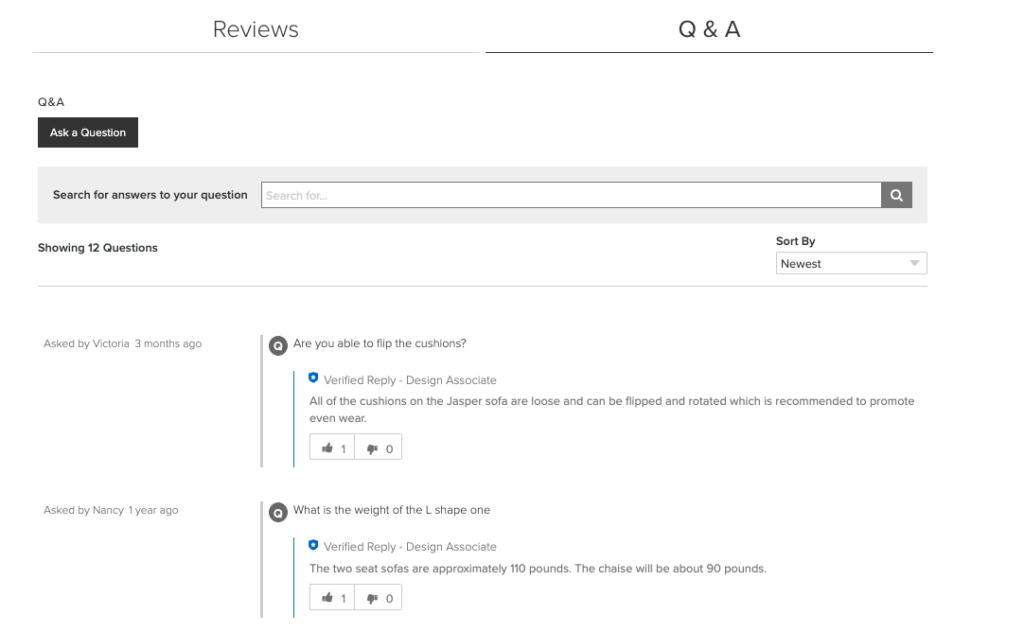
Our research found that 89% of consumers read Q&A when researching a product to purchase, and 63% ask their own questions via Q&A at least sometimes.
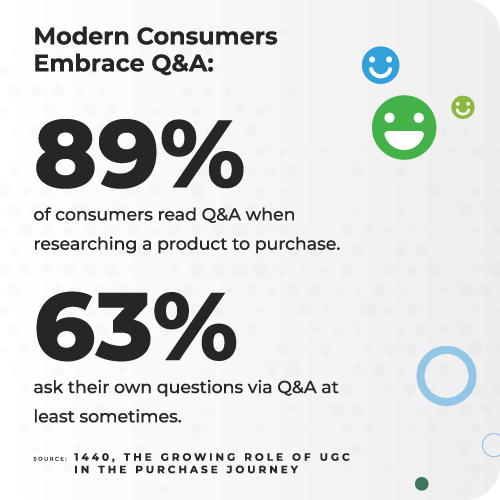
If you haven’t already, add a Q&A section on your product pages to allow shoppers to browse existing questions and pose their own. In addition, be sure to actively monitor the Q&A you have coming in through retail partner and marketplace websites so you can provide fast, accurate answers.
If a shopper is able to submit a question and receive a satisfactory answer, it’ll boost their confidence – and their likelihood of making a purchase. According to Bazaarvoice, brands and retailers who respond to Q&A see a 98% conversion lift.
That answer will increase conversion among future shoppers, too. Existing questions serve as a kind of FAQ. Shoppers can browse existing questions to see if someone has already asked a question similar to theirs. If their question has already been asked and answered, it’ll eliminate their uncertainty – and boost conversion. According to PowerReviews analysis, there’s a 194.2% lift in conversion among those who interacted with Q&A content.
Actively managing Q&A and responding to questions in a timely manner (ideally, in real-time) is really important. But it can be challenging when you’re managing this content from several different platforms. For example, you might have questions coming in from your own dot com via your review platform, as well as questions posted on retail and marketplace sites. And each source is managed from a different login.
Instead, consider a solution like Reputation Studio from 1440 that enables brands to consolidate and manage all Q&A via Salesforce. That way, your customer care teams can work efficiently and provide timely answers so shoppers are more likely to convert.
3. Dust Off Your Product Descriptions
Landing on a product page is like setting foot in a brick-and-mortar store. Shoppers should be able to look around and get plenty of information about the product they’re considering.
A key component of the product page is the product description. According to Salsify, 87% of shoppers place a high value on product descriptions as a key factor for making purchase decisions.
Optimizing your product descriptions should be a top priority.
Consider looking at pages that have a high volume of visitors, but low conversion. There may be opportunities to enhance the descriptions to increase shopper confidence.
In addition, look for themes in the questions shoppers ask either via Q&A or messaging. If you’re getting similar questions time and again, it’s a good idea to rework your product description to provide more clarity. For example, if you get a lot of questions about a product’s durability, you may want to add a section to the product page about quality and longevity.
If you use a solution like Reputation Studio from 1440, it’s easy to identify themes across channels, which may be opportunities for optimization.
Start Removing Purchase Blocking Questions – and Boost Your Bottom Line
Assessing a product when shopping online isn’t always easy. Oftentimes, online shoppers have questions that stand in the way of a confident purchase.
Brands must ensure shoppers have a means to ask their purchase blocking questions. And, they must provide speedy responses across channels. By doing so, brands will boost shoppers’ confidence – and their likelihood of making a purchase.